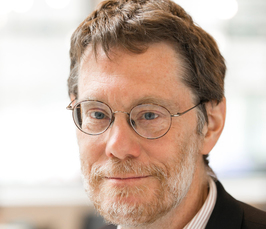Twisted Transition Metal Dicalcogenides: Experimental Tests of Quantum Embedding Theories
- Date: Mar 29, 2022
- Time: 10:30 AM - 11:30 AM (Local Time Germany)
- Speaker: Andrew Millis
- Department of Physics, Columbia University and Center for Computational Quantum Physics, The Flatiron Institute
- Location: CFEL (Bldg. 99)
- Room: Seminar Room I-III, EG.076-080 and on Zoom
- Host: Angel Rubio

The essential task of quantum many-body theory is to reduce the complexity of the quantum problem to the point at which the theory can be solved—but not beyond the point at which essential physics is lost. Comparison between controlled theory and controlled experiment is essential. This talk will introduce twisted transition metal dicalcogenides as an important experimental platform and quantum embedding theories (especially dynamical mean field theory) as crucial theoretical tool. The talk will present ideas and approximations involved in reducing this very complex system to a simple theoretical model—the Hubbard model, and survey the state of our knowledge of the properties of this model. It will then present specific Hubbard model calculations that appear to account for a considerable portion of the experimental observations, discuss the conceptual and practical limits of the calculations and outline open topics for future research
This work is performed in collaboration with Jiawei Zang, Jennifer Cano and Jie Wang and is supported by the NSF MRSEC program through the Center for Precision-Assembled Quantum Materials (PAQM) - DMR-2011738. The Flatiron Institute is a division of the Simons Foundation.